"Good governance with good intentions is the hallmark of our government. Implementation with integrity is our core passion."
Narendra Modi

Image edited with PicsArt
The Governance of the TRON Ecosystem || Crypto Academy S4W7 || Homework Post for @yohan2on
The term governance was introduced in the 1990s to refer to the effectiveness and quality of a state's management. Basically, it refers to the interactions between the structures, processes and traditions that determine how power and responsibilities are exercised, how decisions are made, and finally, how citizens or other actors intervene, who, through this means, express their interests, exercise their rights, fulfill their obligations and resolve their differences.
However, this term does not only refer to the State or to a public administrative system, it can also be used for a project, a company, a community or a family.

Who are Super Representatives, SR partners and SR candidates?
As we well know thanks to past tasks on the Tron ecosystem, it is a wallet that constantly evolves and allows to enjoy diversity and optimized functions, in order to provide the best service to its users through its base currency: TRX, with the that connects your entire system.
However, beyond the operation of its system, it is important to know how the governance system operates on the platform, as it is classified into Super Representatives, SR Partners and SR candidates.
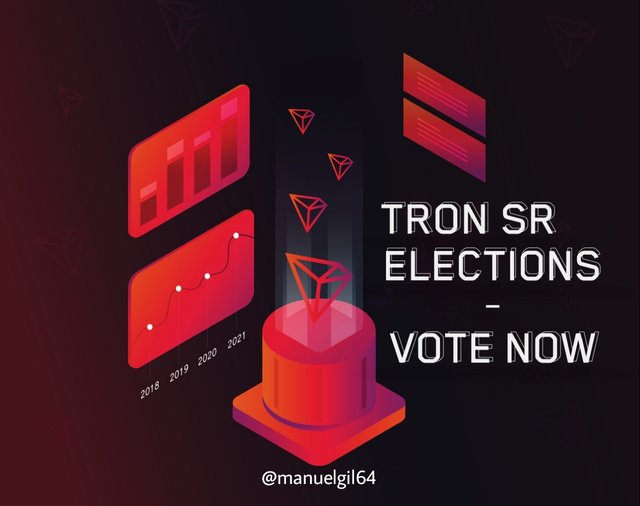
Image edited with PicsArt
Thus, Tron is guided by 27 Super Representatives, who are those who are in charge of supervising, verifying and approving all the transactions that are carried out through the creation of new blocks in the Tron blockchain, so that they direct the good operation of the servers.
Likewise, these representatives are chosen by the entire community present on the platform every 6 hours, so that a classification is made thanks to the number of votes that each candidate obtains. In this way, for each valid block generated by each SR, Tron rewards thanks to its services, which makes it a profitable profit that it can distribute in the way it prefers, it is more known that many decide to return it to the community with approaches in pro of the platform since they constitute the voice of the electoral community in exchange for voting on the proposals of the TRON committee and proposing better favorable ones, so it is of the utmost importance that the SR that will ensure the safety of Tron is chosen wisely.
Now, it is clear that a voting process is carried out and 27 Super Representatives are elected, but what about those people who were initially eligible but, despite having a large number of votes, did not reach the rank of the 27 positions? Well, easy, they become the SR candidates, who will participate in future elections to give their best to perform the specific tasks that the Tron system entails in exchange for the community vote. So, once the time is up, each voter should verify the information on the SR candidates while being aware of the rewards they offer to be among the top positions.
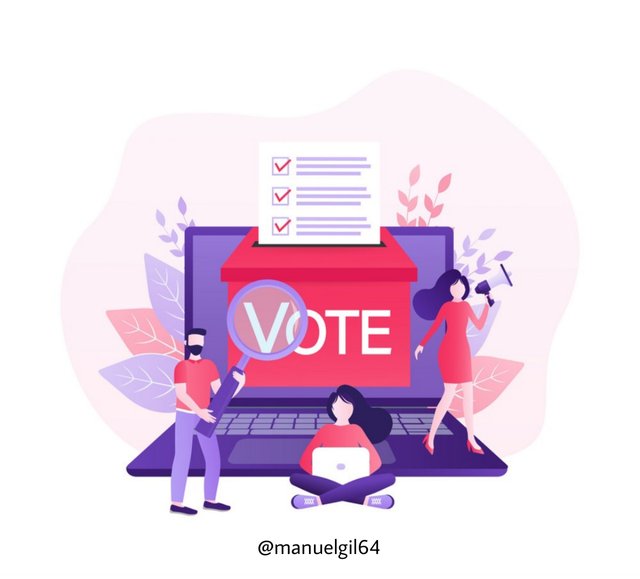
Image edited with PicsArt
Thus, many of these candidates provide the precise information to win due votes by making public the plans they have outlined to carry out, the objectives that have been set to take with them to the community and of course, the rewards and bonuses they have. thought to give. Therefore, voters can choose based on the monetary benefit or the projection offered by these candidates to improve the ecosystem and thus revalue their investment.
Finally, we must remind the SR Members of which, currently, there is a large number around 25-130, which makes them eligible to receive the rewards of the final votes. So, once the block creation that I talked about initially takes place, the reward is divided depending on the votes obtained, between the SR Members and the Super Representatives, so that it is proportional once it is calculated. the percentage of reward in which it will be distributed in the voters between the total profit by the partners and Super Representatives.
Therefore, these partners belong to the governance of this ecosystem thanks to the tasks they carry out and the support they provide with their proposals to the network.
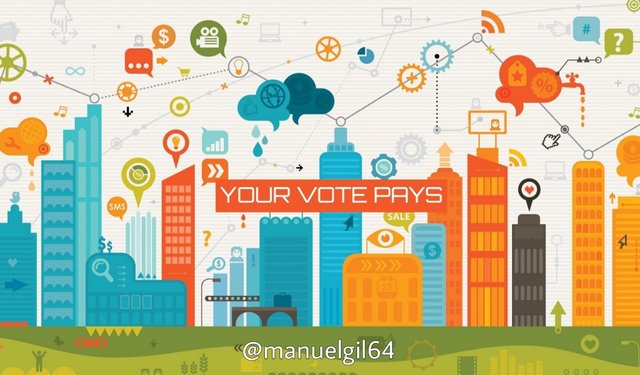
Image edited with PicsArt
Finally, as we will see in the next question, the Tron platform acts by means of a delegated proof of stake, so it works due to the validation of the governance system chosen and voted on by the majority of the community, so you could say that the ecosystem is governed by it and for it through an asset for investors.

What’s the difference between DPoS and PoS consensus mechanisms?
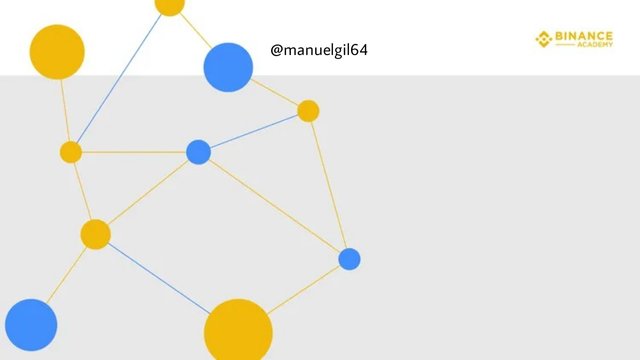
Image edited with PicsArt
We know that the Proof of Stake consensus algorithm emerged as an alternative to solve the problems of the Proof of Work consensus algorithm, while the POW depended on the external, referring to power consumption and hardware, the POS has an internal focus depending on the amount of token that a node may have to be chosen as the manager to process transactions and create a new block.
POW is based on mining, as in Bitcoin, while POS and DPOS on the application of all existing tokens. As is the case with TRX, its Blockchain network implements DPOS.
As I had mentioned, Proof of Stake as Delegated Proof of Stake depends on the amount of tokens that is accumulated in a node, for example, for POS, the more tokens accumulated, the greater possibilities there are of remaining as a selected node to process the transactions and creating the new block, however, remains as a probability that transmits the degree of economic involvement of the node in the project, which may reflect a good interest in maintaining and taking care of the Blockchain network.
On the other hand, the Delegated Proof of Stake for a node to be selected does not depend on the amount of tokens it has, but with the amount of tokens that a node can have, this will give it greater voting power since DPOS implements a system where each node votes to choose the nodes in charge of processing the transactions and creating the new block, these are, as the professor mentioned in his article, the Super Representatives.
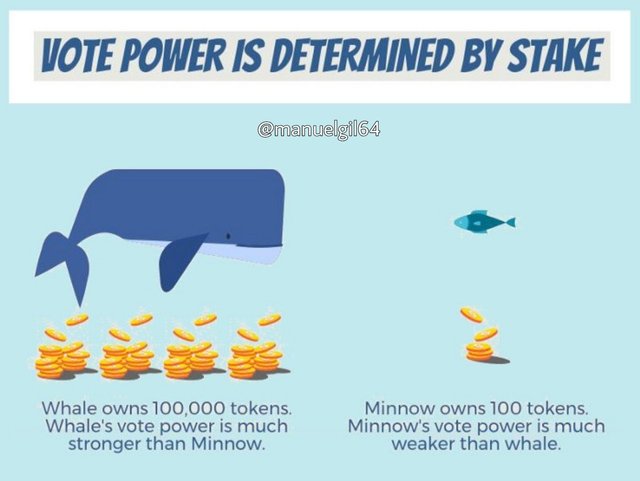
Image edited with PicsArt
In this way, DPOS generates a system of trust levels. By voting for an SR (Super Representative), you are saying that you trust that node to be a suitable node to produce blocks, and in case of malicious intent, the node would be completely excluded from the system. This makes DPOS scalable.

Write a Step by Step tutorial showcasing how to stake/freeze TRX and vote for SRs
Before making a vote, you have to know that 1 TRX corresponds to 1 vote, that is, it is a 1: 1 ratio. In addition, each user can vote for one or more candidates, and at the moment before voting, it is necessary to freeze the amount of TRX to obtain the Tron Power (TP) to be able to vote (these TP are non-transferable).
Then each vote lasts for 6 hours, updating the node list every day at 0:00, 6:00, 12:00 and 8:00 UTC. Then, the TRX tokens can be obtained from an exchange, and filled in a TRON wallet with TRX, since it can be voted directly on the Tronscan page from a Tron wallet.
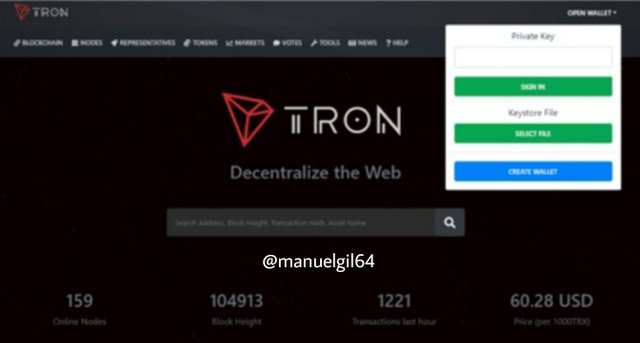
Image edited with PicsArt
Users when freezing the TRX, these cannot be thawed for 3 days, then all or a fraction of the votes of a node can be withdrawn.
There are two ways to unfreeze the tokens, they can be by energy or bandwidth. It is important to mention that in any scenario, whether the TPs have been used for voting or not, by unfreezing the tokens, these TPs will be lost.
To freeze the TRX we enter Tronscan and you just have to click on the Freeze button. Where you just have to enter the amount of TRX to freeze and confirm that you want to make the transaction.
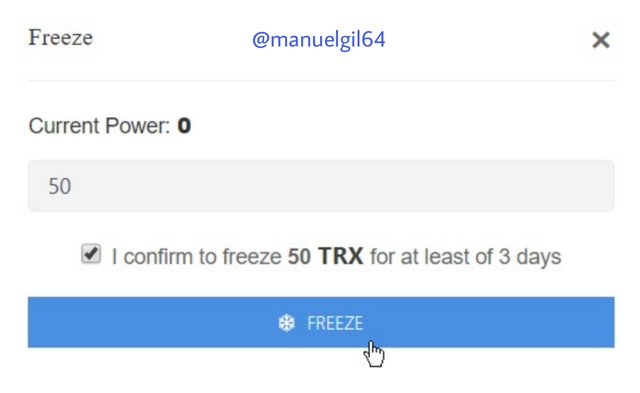
Image edited with PicsArt
Once you have the frozen TRXs and the TPs in possession, just select the node you want to vote on from the voting page and enter the number of votes. In this way, when the desired SR is selected, you must click Submit Vote and the votes will have been successfully sent.
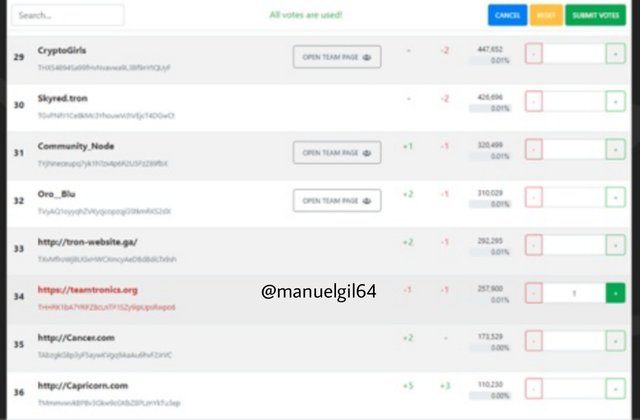
Image edited with PicsArt
On the other hand, in the Tron ecosystem, it is known that any participant who decides to freeze TRX, can be part of the SR candidates and thus achieve the position of Super Representative or partner on the platform, being these those in charge of the operation of the servers of the network through proposals and tasks, as well as those responsible for the reward system, distributed both to members of the governance and to the voters of the community.

Conclusions
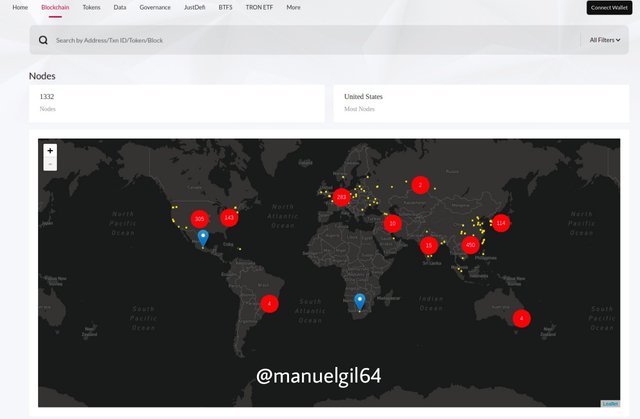
Image edited with PicsArt
Tron's Blockchain network is very interesting to me, especially in its consensus algorithm that with respect to the problems that Proof of Work brings us, I had mentioned previously, energy and hardware consumption, where first, it represents a problem for the environment and second, hardware equipment may be expensive. And unlike Proof of Stake, is that Delegated Proof of Stake allows the network to be more scalable, and on the other hand the system becomes more reliable by democratizing the nodes through votes.
Even as can be shown in the image above you can see the nodes in the world in real time on TronScan.org. Without a doubt, TRX is a project that draws my attention, beyond the cryptocurrency and its ecosystem, it has a very good governance system.
This is my Homework Post for Crypto Academy S4W7 || The Governance of the TRON Ecosystem by Professor @yohan2on


twitter-promotion
Downvoting a post can decrease pending rewards and make it less visible. Common reasons:
Submit
Hi @manuelgil64
Thanks for participating in the Steemit Crypto Academy
Feedback
Total| 8/10
This is good work. Thanks for taking the time to learn about the Governance of the Tron ecosystem.
Downvoting a post can decrease pending rewards and make it less visible. Common reasons:
Submit
Thank you for taking the time to review and rate my homework!
Downvoting a post can decrease pending rewards and make it less visible. Common reasons:
Submit
#club5050 😀
Downvoting a post can decrease pending rewards and make it less visible. Common reasons:
Submit